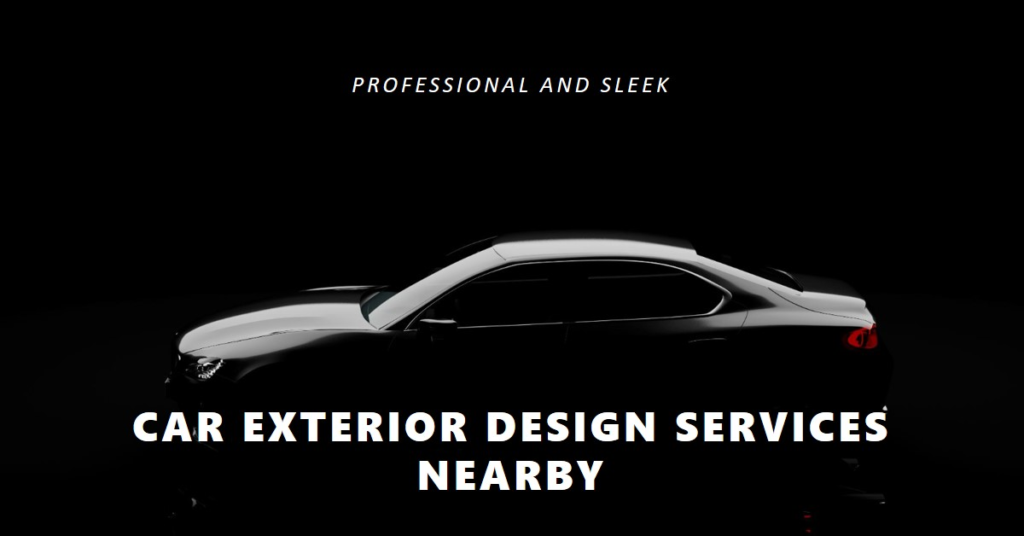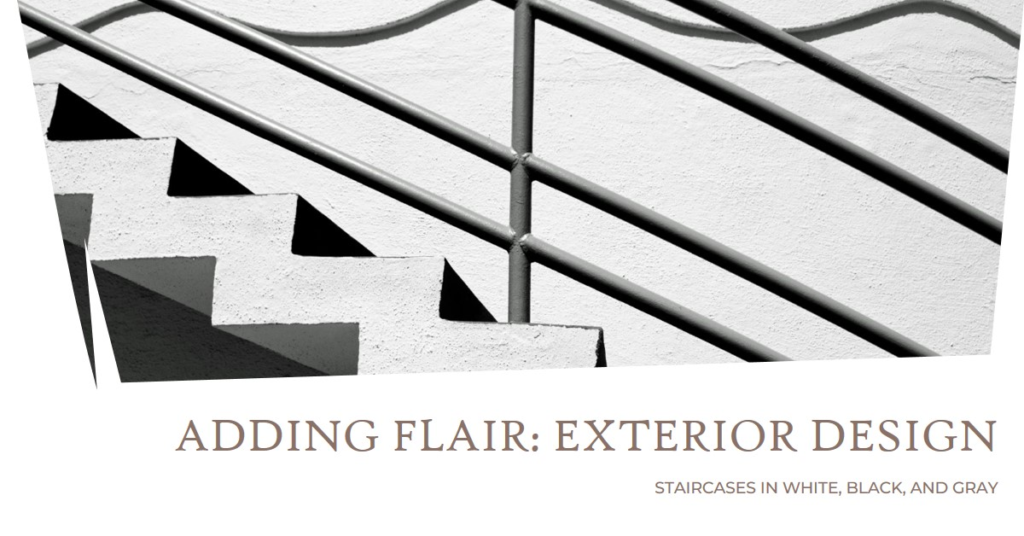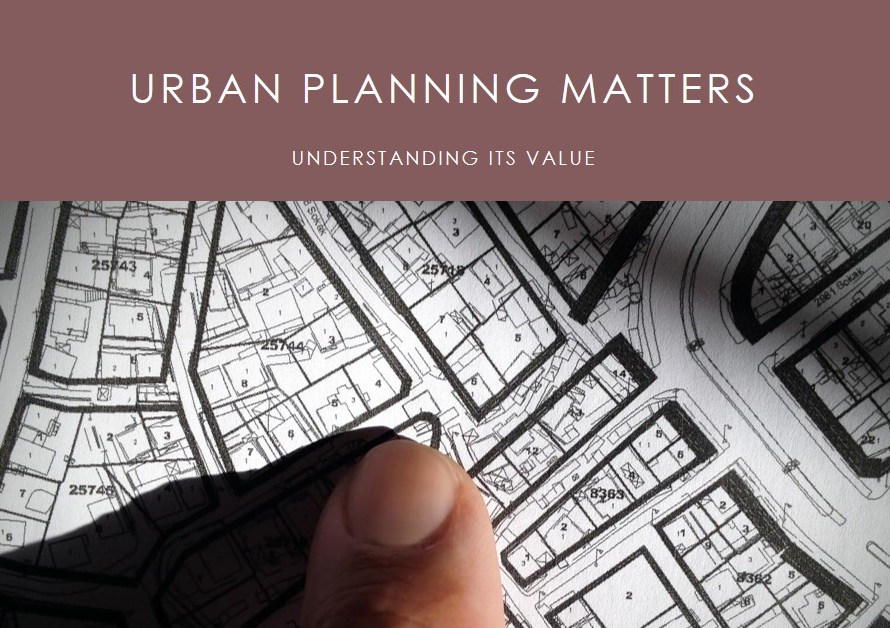
Table of Contents
- Introduction:
- Embracing the Landscape: Seamless Integration with Nature
- Innovative Materials: Pushing the Boundaries of Possibility
- Functional Design: Balancing Beauty and Utility
- Timeless Elegance: Defying Trends and Fads
- Sustainable Solutions: Nurturing the Planet and People
- Cultural Context: Honoring Tradition and Identity
- Collaborative Process: Fostering Creativity and Innovation
- Conclusion: The Pursuit of Exterior Excellence
Introduction:
In the realm of architectural design, exterior aesthetics play a pivotal role in shaping the identity and allure of any structure. Crafting elegant solutions in exterior design demands a delicate balance of creativity, functionality, and meticulous attention to detail. From harmonizing with the natural landscape to incorporating innovative materials and sustainable practices, the journey towards creating captivating exteriors is an intricate process filled with challenges and opportunities. In this blog post, we delve into the art of crafting elegant solutions in exterior design, exploring the essential elements, strategies, and inspirations that define architectural excellence.
Embracing the Landscape: Seamless Integration with Nature
A hallmark of exquisite exterior design lies in its ability to seamlessly integrate with the surrounding landscape, creating a harmonious relationship between built and natural environments. Whether nestled amidst verdant hills or overlooking serene waterfronts, structures that embrace the landscape exude a sense of belonging and tranquility. Architects often draw inspiration from the site’s topography, vegetation, and climate to inform their design decisions, ensuring that the final outcome feels like an organic extension of its surroundings.
By strategically orienting the building to maximize sunlight exposure, harnessing natural ventilation systems, and incorporating indigenous vegetation into the landscape design, architects can mitigate environmental impact while enhancing the visual appeal of the exterior. Through thoughtful site analysis and sensitive design interventions, a synergy between architecture and nature is achieved, resulting in elegant solutions that endure the test of time.
Innovative Materials: Pushing the Boundaries of Possibility
The choice of materials is pivotal in shaping the aesthetic and functional aspects of exterior design. In recent years, advancements in technology and sustainable practices have expanded the palette of options available to architects, allowing for the creation of innovative and visually striking facades. From translucent glass panels that play with light and shadow to composite materials engineered for durability and energy efficiency, the quest for elegance in exterior design often involves pushing the boundaries of materiality.
By embracing materials that offer both aesthetic appeal and performance benefits, architects can imbue their designs with a sense of sophistication and timelessness. Whether exploring the textural richness of natural stone or experimenting with cutting-edge composite materials, the judicious selection and integration of materials are instrumental in realizing the vision of an elegant exterior. Moreover, by prioritizing sustainability and longevity, architects contribute to the creation of built environments that endure for generations to come.
Functional Design: Balancing Beauty and Utility
While aesthetic considerations are paramount in exterior design, functionality must not be overlooked. Crafting elegant solutions entails striking a delicate balance between beauty and utility, ensuring that the design not only pleases the eye but also serves the needs of its occupants effectively. From optimizing spatial layouts to enhancing accessibility and safety, every aspect of the exterior must be thoughtfully curated to enhance the overall user experience.
Through a human-centric approach to design, architects can create exteriors that are not only visually stunning but also inherently practical and user-friendly. By incorporating elements such as shaded outdoor spaces, ergonomic seating arrangements, and intuitive circulation paths, the exterior becomes an inviting and functional extension of the interior living environment. Whether designing for residential, commercial, or public spaces, the pursuit of elegance in exterior design necessitates a deep understanding of user needs and behaviors.
Timeless Elegance: Defying Trends and Fads
In a world where trends come and go, achieving timeless elegance in exterior design requires a departure from fleeting fads and a steadfast commitment to enduring principles of beauty and proportion. While it can be tempting to chase the latest architectural trends, true elegance transcends the whims of fashion, standing the test of time with grace and dignity. By drawing inspiration from classical architectural styles and timeless design principles, architects can create exteriors that resonate with a sense of permanence and sophistication.
The key lies in cultivating a discerning eye for proportion, scale, and harmony, eschewing excessive ornamentation in favor of clean lines and refined detailing. Through meticulous craftsmanship and a reverence for tradition, architects can imbue their designs with a sense of timelessness that transcends fleeting trends. By prioritizing quality over quantity and craftsmanship over novelty, the pursuit of elegance in exterior design becomes a timeless endeavor that resonates with generations to come.


Sustainable Solutions: Nurturing the Planet and People
In an age of increasing environmental awareness, sustainability has emerged as a defining principle in architectural practice. Crafting elegant solutions in exterior design involves not only creating visually captivating spaces but also nurturing the planet and its inhabitants. By harnessing renewable energy sources, implementing passive design strategies, and incorporating green technologies, architects can minimize the ecological footprint of their projects while enhancing the quality of life for occupants.
From green roofs that mitigate stormwater runoff to photovoltaic arrays that harness the power of the sun, sustainable design interventions can significantly reduce the environmental impact of the built environment. Moreover, by prioritizing the use of locally sourced materials and employing energy-efficient building systems, architects can create exteriors that are not only elegant but also environmentally responsible. By embracing sustainability as a guiding principle, architects contribute to the creation of a more resilient and equitable built environment for future generations.
Cultural Context: Honoring Tradition and Identity
Architecture is inherently imbued with cultural significance, reflecting the values, traditions, and identity of its inhabitants. Crafting elegant solutions in exterior design involves a deep appreciation for cultural context, drawing inspiration from local vernacular architecture and indigenous building techniques. By honoring tradition while embracing innovation, architects can create exteriors that resonate with a sense of place and belonging.
Whether designing a contemporary skyscraper in a bustling metropolis or a traditional courtyard house in a historic village, architects must navigate the complex interplay between tradition and modernity with sensitivity and respect. By incorporating elements of local craftsmanship, materials, and architectural motifs, the exterior becomes a tangible expression of cultural identity and heritage. Through thoughtful engagement with local communities and stakeholders, architects can create exteriors that foster a sense of pride and belonging among inhabitants, enriching the cultural tapestry of the built environment.
Collaborative Process: Fostering Creativity and Innovation
Crafting elegant solutions in exterior design is not a solitary endeavor but a collaborative process that thrives on creativity, innovation, and interdisciplinary collaboration. Architects often collaborate with landscape architects, engineers, artists, and craftsmen to realize their vision, drawing on a diverse range of expertise and perspectives. By fostering a culture of collaboration and open communication, architects can leverage the collective wisdom of the team to overcome challenges and explore new possibilities.
From brainstorming sessions and design charrettes to hands-on prototyping and digital modeling, the collaborative process is characterized by experimentation and iteration. By embracing a culture of experimentation and embracing failure as an opportunity for learning and growth, architects can push the boundaries of conventional thinking and discover innovative solutions to complex design problems. Through collaboration, architects can harness the collective genius of the team to create exteriors that inspire awe and admiration, leaving a lasting imprint on the urban fabric.
Conclusion: The Pursuit of Exterior Excellence
In conclusion, crafting elegant solutions in exterior design is a multifaceted endeavor that requires creativity, craftsmanship, and a deep understanding of context and purpose. From embracing the landscape and harnessing innovative materials to prioritizing sustainability and honoring cultural identity, the journey towards exterior excellence is marked by a relentless pursuit of beauty, functionality, and timelessness. By embracing the principles of collaboration, sustainability, and cultural sensitivity, architects can create exteriors that not only captivate the eye but also enrich the human experience, leaving a legacy of elegance and innovation for generations to come.


